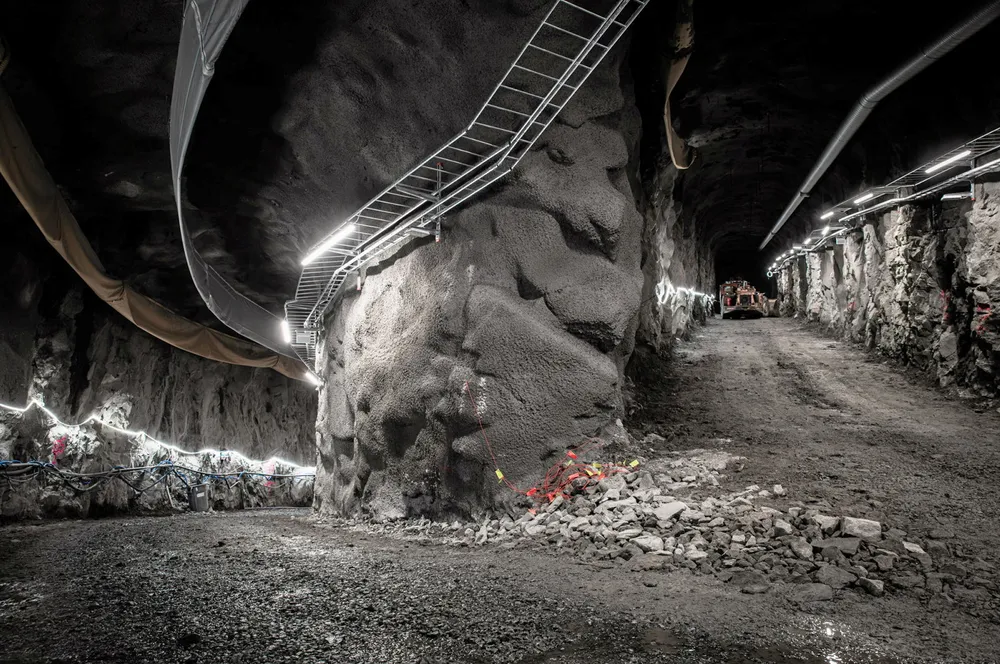Hydrogen storage slashes the cost of grid-connected green H2 production by nearly half, reports steel consortium
Swedish pilot project powered its electrolysers with day-ahead and spot electricity for a month — and paired it with cavern storage

Swedish pilot project powered its electrolysers with day-ahead and spot electricity for a month — and paired it with cavern storage
